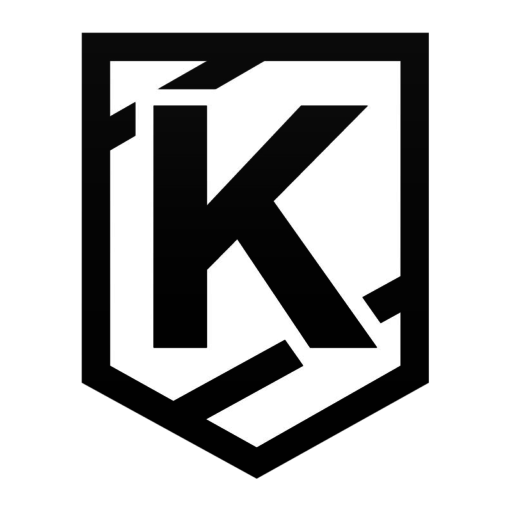Your products or services need exposure, and marketing strategies are the most effective solution.
However, the Internet is a different domain—even marketing methods can barely scratch the surface without a practical approach.
The only way you can make it work is to integrate it with “Search Engine Optimization” or SEO.
SEO is what draws in a large amount of high-quality traffic to your business website.
It drives your brand ahead and to the top of the search engine results.
That means your brand is on page one, and it’s common knowledge that people always click on the top-ranking link.

Make SEO Work For Your Business
An introduction to SEO is the best way to get started for anyone who wants to see their brand ranked at the top.
SEO is the process of increasing the visibility of your website. It’s the force that drives a page to the top of the search list.
If your website and its pages contain the right elements, it signals search engines to pick them up for indexing and decide how they should be ranked.
Attracting customers and other businesses to your site has different approaches.
However, if there’s one thing that they all have in common, it’s reach, and digital marketing has the edge that today’s generation cannot ignore.
Combining different B2B (business-to-business) and B2C (business-to-customer) marketing strategies with SEO can greatly increase your site’s exposure and improve the conversion rate of casual browsing to sales.
Let’s take a look at some of the SEO methods that you can implement in your digital marketing strategy:

1. Use Relevant Keywords
Keywords are the compasses that lead users to your content.
The words they type will trigger search engines to place the best web page results containing those keywords upfront.
Specific words and phrases help search engines understand what users are looking for.
This SEO strategy typically works with content marketing that contains information that benefits both the consumers and the enterprise.
- Firstly, make a list of keywords and variations that Internet-users are most likely to input in their browsers.Remember to always to use relevant keywords in your business content.
- You can use Google AdWords feature Keyword Planner to search for the words with the greatest number of searches.Depending on your business, create and publish clean and concise content where you can include these keywords.
- Place these keywords throughout your content and make use of meta tags. Meta tags are small content descriptions in your webpage’s HTML document that indicate to search engines what a page contains.

2. SEO & Social Media
SEO strategists know by now that social media doesn’t affect SEO performance.
However, you can test these two strategies against each other, and they form a unique method called split testing.
E-commerce businesses utilize Facebook’s business manager to make ads work.
Advertisers create multiple ad sets for a specific campaign, typically at least two, and test-run simultaneously to see which one works the best.
You can use creatives such as images, videos, landing pages, and blogs for split-testing since SEO can be applied to them.
Some take their time retesting if both ad sets fail. They keep creating ad sets for as long as the ad budget holds up.
This allows them to test variables and identify the right target, platform, and creatives that generate conversions.

3. Strong Tech Foundation
Think of high-quality content as the star of the show. The back end structure runs everything from behind the scenes.
If you’re using WordPress as a platform, you’re likely to optimize Yoast SEO, which is very beginner-friendly.
This gives an idea of the technical elements that influence the website’s accessibility and user experience.
There are a few key questions that can help you assess your website:
- Is the site loading fast enough?
- Can anyone access it on mobile devices?
- Is your website secure?
- Can Google reach and index it?
This can give you an idea if your website is working fine.
Good content is likely to go to waste if nobody can access the site properly.
Thankfully, there are tools that you can use to determine the existence of these issues in the back end of your website.

4. Make Graphics Pop
Styling, color, depth, lines, and context—image designing works! The right photos can grab attention and keep it, at least for a while.
Unfortunately, SEO ranking does not include images and only works with text.
Hence, you can incorporate “alt tags” in your images.
Today, platforms like Shopify can use alt tags or alt text to include short descriptions with keywords in product images.
You can come up with a descriptive product name and use that to label the alt text.
Photos can help pages rank up because a search engine can pick them up when users search for specific items online.

5. Get Customers with Local SEO
A business startup will grow in time with a steady flow of potentially loyal customers.
The common solution, of course, is advertising.
Passing flyers around town, telling your family and friends to spread the word—all low-cost solutions.
However, there are limits to such methods, and you’ll notice that your business is not generating enough buzz.
You’ve set up a page on Facebook about your business, but it’s not going anywhere.
Why?
Local SEO is placing your business location on Google Maps and also any other maps that people use.
Let’s say you’ve recently opened a café.
A few people from out-of-town are searching for a place to relax.
They turn to their smartphones to search for the nearest cafés in the area.
Results turn up with various businesses’ names on display with the directions and time to reach them.
If you’ve made use of local SEO, your business will be listed there as well.
You can also integrate Google Maps to your Facebook page to serve as a navigation tool to help people find you.

6. Use SEO in Your Emails
Email marketing is one of the most popular ways to invite customers and businesses to check out your content.
It’s a strategy that works—not to mention it’s low cost—and requires little to no technical knowledge.
The key is to grab your recipient’s attention with a hard-to-ignore subject line.
Successfully doing so can earn you an ROI as much as 4400%!
Including links in your emails leads people to your content, and they learn about the business you’re promoting.
It brings organic traffic and increases sale conversions.
If they like the brand, you gain the following of loyal customers as well.

Ok, so now what?
Search engine optimization makes a great partner to digital marketing because of its versatility.
It applies both to the front end and back end of your website.
It works in ads, creatives, emails, and social media as well.
SEO can bring both online and real-world traffic to any business.
Learning SEO is a meticulous process, and you must know how search engine algorithms work to make your content stand out in the results.
Doing so will earn you a following that keeps coming back for more, and that’s just the tip of the iceberg.
